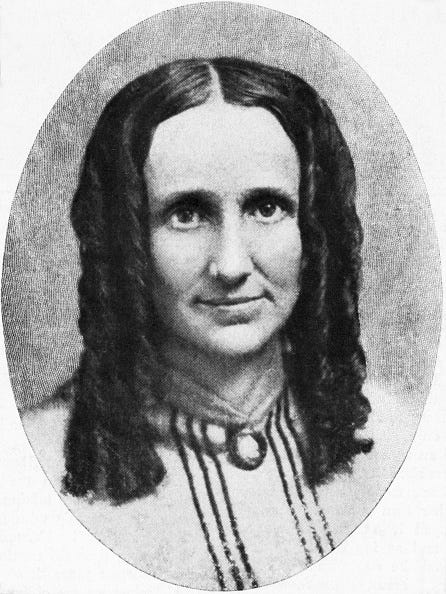The Writer's Almanac from Tuesday, July 16, 2013
"After a Brubeck Concert" by Miller Williams, from Some Jazz a While. © University of Illinois Press, 1999.
ORIGINAL TEXT AND AUDIO - 2013
On this day in 1951, J.D. Salinger's The Catcher in the Rye was published. The Catcher in the Rye is a novel about a restless 16-year-old named Holden Caulfield. He runs away from Pencey Prep School a few days before Christmas break. He wants to head west to California, and live a quiet life in a log cabin, away from all the "phonies." At one point, Holden says; "I keep picturing all these little kids playing some game in this big field of rye and all. Thousands of little kids, and nobody's around — nobody big, I mean — except me. And I'm standing on the edge of some crazy cliff. What I have to do, I have to catch everybody if they start to go over the cliff — I mean if they're running and they don't look where they're going I have to come out from somewhere and catch them. That's all I'd do all day. I'd just be the catcher in the rye and all."
Thirty years after its publication, The Catcher in the Rye was both the most banned book in America and the second most frequently taught book in public schools. The book has sold more than 60 million copies around the world.
It's the birthday of religious leader and writer Mary Baker Eddy, born in Bow, New Hampshire (1821). As a child, she suffered from a spinal ailment and spent much of her life preoccupied by issues of health. She entered a sanitarium in 1862, where she met Phineas P. Quimby, a man who believed in a "science of health" achieved by direct mental healing that had religious overtones. Baker was seemingly cured, but her suffering recurred after Quimby's death. In 1866, she fell on ice and her suffering increased. She turned to the New Testament and was suddenly healed, which led her to discover what she later called Christian Science, or the "superiority of spiritual over physical power." In 1875, she set down her principles in a voluminous work called Science and Health, and in 1876 founded the Christian Science Association.
It's the birthday of explorer and writer Roald Amundsen born in Borge, Norway (1872). He was preparing to be the first to reach the North Pole when he heard that Robert E. Peary had beat him to it, so he decided to go south instead. He told no one but his brother, in order to beat the rival expedition of Robert F. Scott, who opposed using sled dogs. Amundsen, four men, four sleds, and 52 dogs reached the South Pole on December 14, 1911.
To reach the pole, Amundsen's team had to travel about 800 miles into Antarctica's interior in weather that occasionally reached 70 degrees below zero Fahrenheit, cold enough to freeze the liquid in their compasses. Lack of food meant they even had to eat some of their dogs. But they carried on until all their calculations and measurements showed they'd arrived at the geographical pole, and they planted a Norwegian flag there. Scott's party reached the South Pole a little more than a month later, traveling by foot, and they froze in their efforts to make their way back.
Amundsen's account of the voyage, North West Passage, was published in 1908.
It was on this day in 1945 that the first atomic bomb was exploded at 5:30 a.m., 120 miles south of Albuquerque, New Mexico. It was the end result of the Manhattan Project, which had started in 1939. The bomb contained a ball of plutonium about the size of a baseball, surrounded by a ring of uranium and a series of detonators.
One of the physicists who was there that day said: "We were lying there, very tense, in the early dawn, and there were just a few streaks of gold in the east; you could see your neighbor very dimly. ... Suddenly, there was an enormous flash of light, the brightest light I have ever seen ... it bored its way right through you. It was a vision which was seen with more than the eye. It was seen to last forever. ... There was an enormous ball of fire which grew and grew and it rolled as it grew; it went up into the air, in yellow flashes and into scarlet and green. It looked menacing. It seemed to come toward one."
Be well, do good work, and keep in touch.®
Audiobook (mp3 download): Serenity at 70, Gaiety at 80: Why you should keep on getting older by Garrison Keillor
Now available as an audiobook! This digital product can be downloaded, unzipped, and then listened to as separate mp3 audio files.






North West Passage??? about going to the South Pole